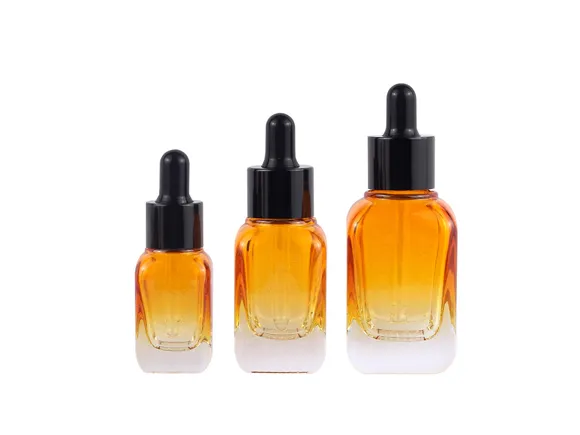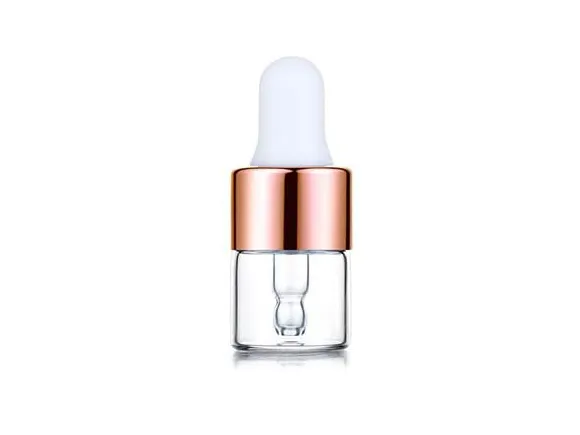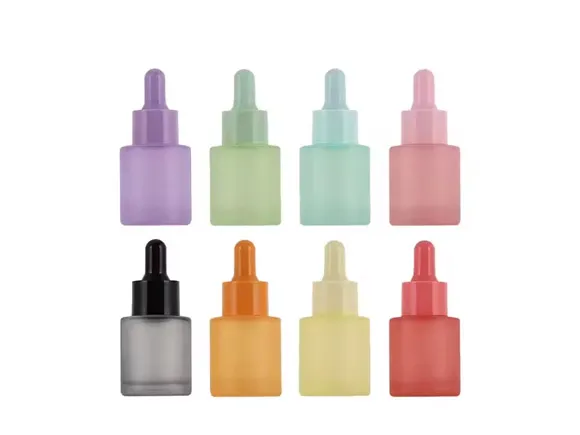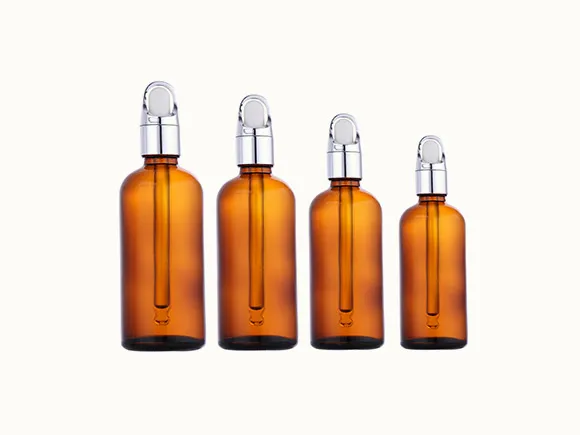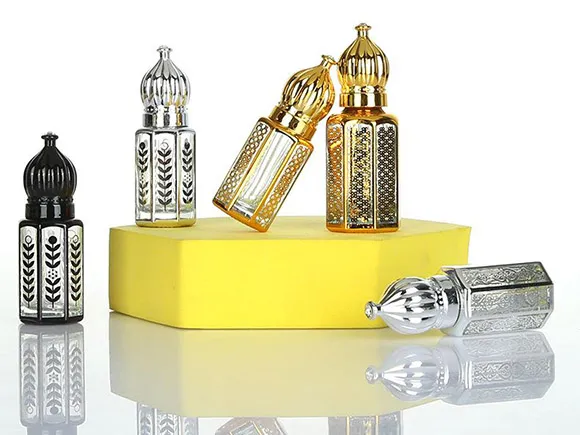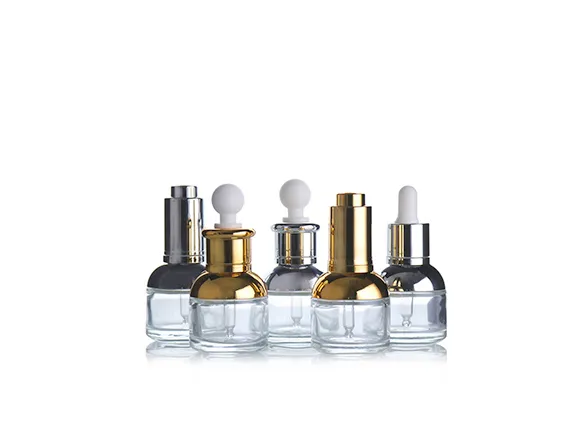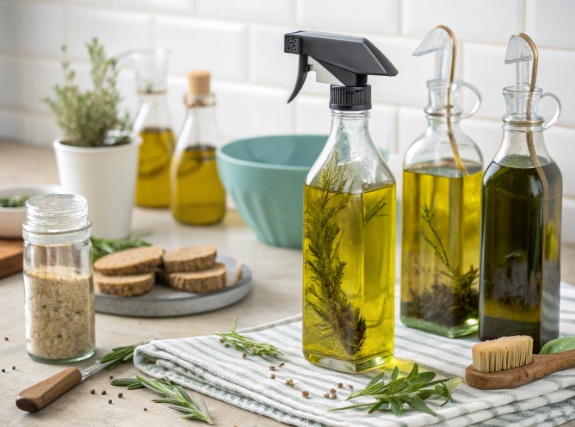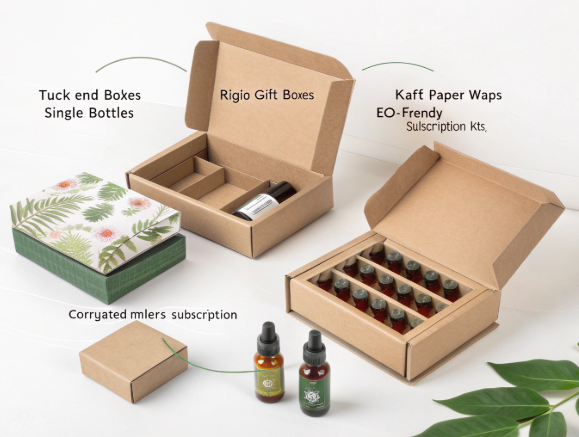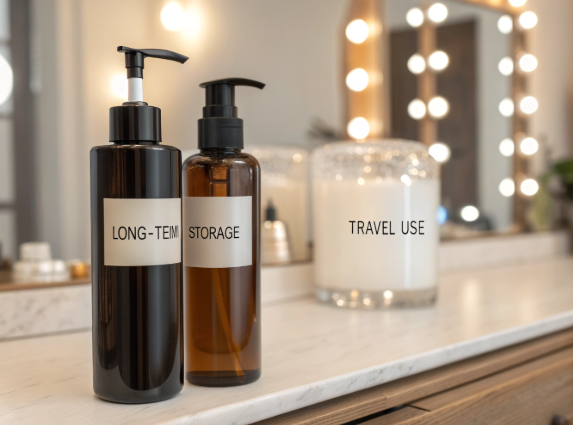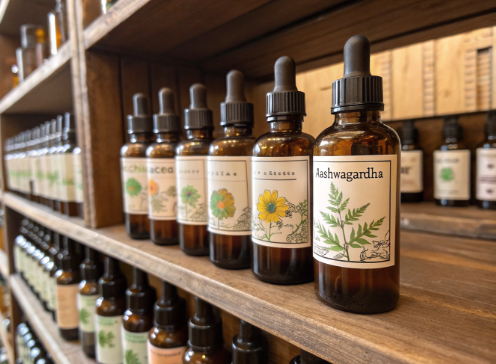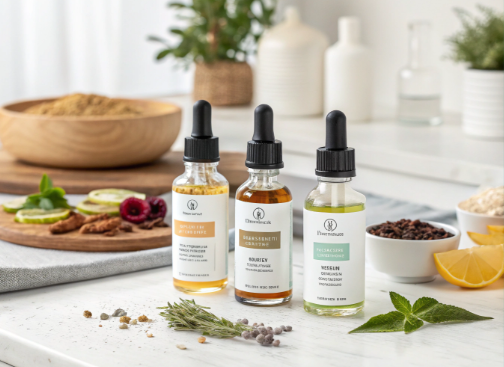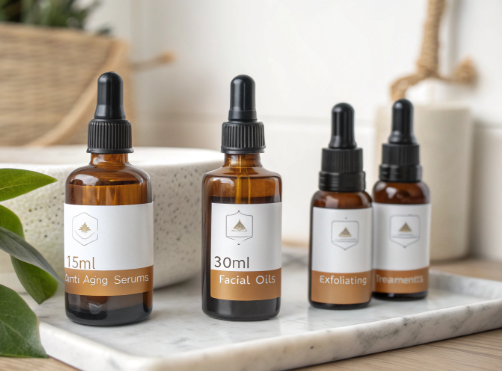Essential oils aren’t just sold—they’re experienced. And the experience starts with the box.
Custom essential oil boxes are specially designed packaging solutions that protect fragile bottles, convey brand identity, and elevate product presentation in an increasingly competitive wellness market.
What is the introduction of essential oils?
From lavender to lemon, essential oils are more than scent—they’re therapeutic.
Essential oils are concentrated plant extracts known for their aromatic and wellness benefits, used in skincare, aromatherapy, cleaning, and personal care.
They’re typically steam-distilled or cold-pressed from flowers, leaves, bark, or rinds. Their uses span across industries—from spa treatments and perfumes to household cleaning and meditation rituals.
Their sensitivity to light, air, and heat makes packaging critical—not just for protection, but for compliance and efficacy.
What is the summary of essential oils?
These oils pack power in every drop.
Essential oils are natural compounds extracted from plants that offer aromatic, emotional, and topical benefits.
-
They support mood, sleep, focus, and energy
-
Popular oils include eucalyptus, peppermint, tea tree, and rose
-
Most are volatile and degrade quickly without proper storage
For both individual users and bulk distributors, keeping oils intact depends heavily on the bottle and its box.
What is the best packaging for essential oils?
It’s all about barrier protection and brand expression.
The best packaging for essential oils includes amber glass bottles, dropper or euro caps, and custom boxes with foam or cardboard inserts.
| Packaging Part | Function |
|---|---|
| Amber Glass | Blocks UV rays, maintains oil quality |
| Dropper/Euro Cap | Controls dosage, prevents leakage |
| Printed Box | Educates, protects, promotes brand |
Top-tier boxes use FSC-certified board, eco inks, and magnetic lids for a premium unboxing moment.
What is the process of making essential oils called?
From plant to bottle—here’s how it happens.
The process of making essential oils is called extraction, with steam distillation being the most common method.
Other methods include cold pressing (mainly for citrus peels), solvent extraction (used for delicate flowers), and CO2 extraction. Each method affects the purity and scent profile of the final oil, which can influence packaging type, bottle size, and price point.
What is the purpose of essential oils?
They’re scent with a mission.
The purpose of essential oils is to promote physical, emotional, and environmental wellness through aromatic and topical application.
-
Inhaled: diffuse into air for stress relief or clarity
-
Applied: mixed with carrier oils for massage or skincare
-
Household: used in natural cleaners or linen sprays
Custom boxes often include “how to use” guides or QR codes linking to tutorials and blend charts.
Why are essential oils not FDA approved?
It’s about classification, not quality.
Essential oils are not FDA approved because they’re regulated as cosmetics or dietary supplements, not drugs.
This means companies can’t make disease-treatment claims without formal testing. However, quality assurance is still expected—labeling, ingredient listing, and packaging safety are all regulated.
Packaging can help bridge the trust gap by clearly communicating usage, sourcing, and storage details.
Conclusion
Custom essential oil boxes do more than protect—they inform, persuade, and inspire. When designed with intention, they align the therapeutic value of the oils with a visual and tactile brand experience that starts the moment the customer opens the package.



